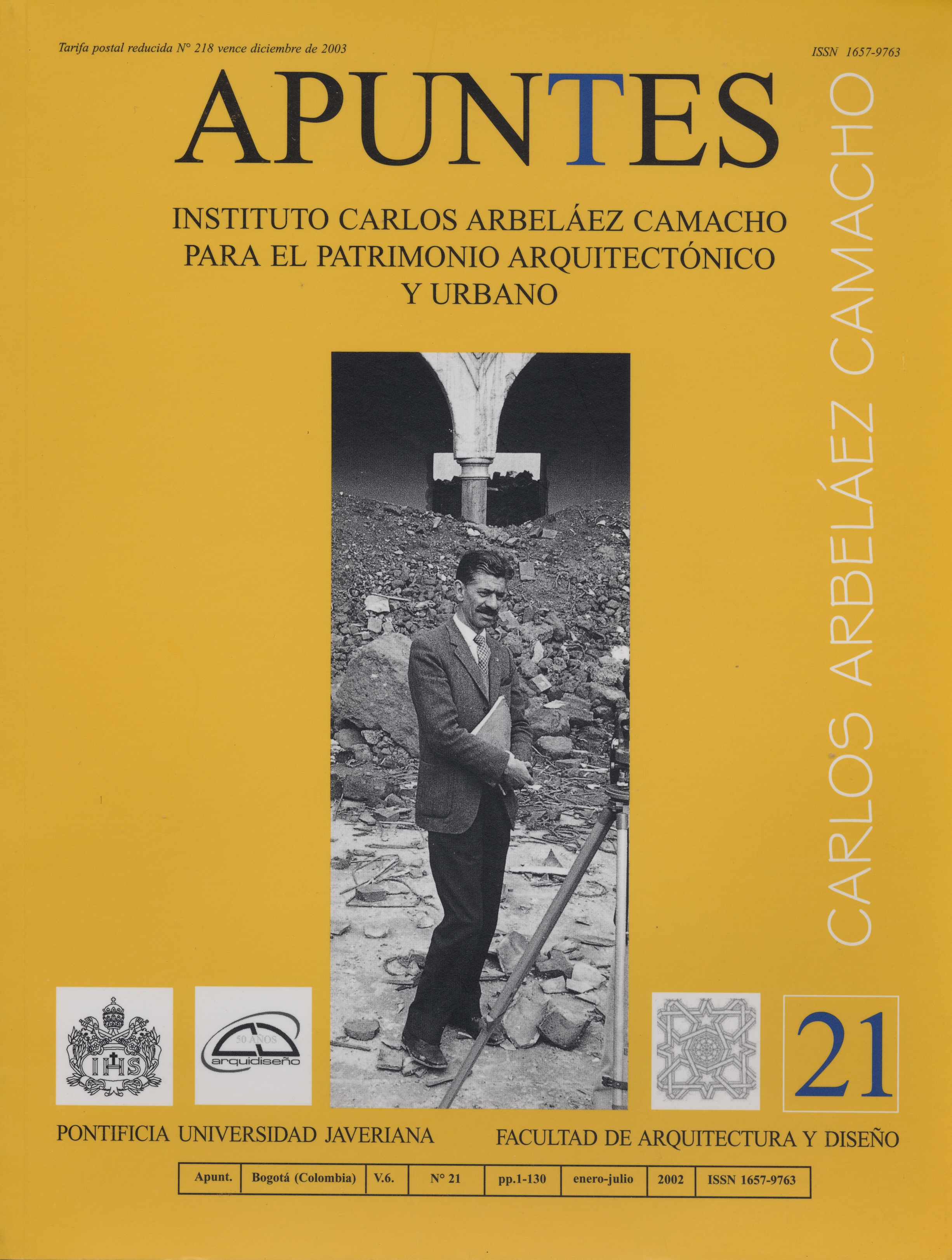Las Cruces... Arqueología de recuerdos de una ciudad
##plugins.themes.bootstrap3.article.details##
Abstract
The existence of the barrio of Las Cruces in Bogotá, Colombia may be seen from the usual viewpoint of the physical dimensiones of its urban zone or, either, on the basis of the main historical factors that have brought about its configuration. Las Cruces began taking shape as an urban unit, that is, a barrio, during the second third of the XIXth century, as part of the southeastern periphery of the center of Bogotá. Such chronology implies that the socioeconomic phenomena of the so-called "republican" phase of political history, that is, the configuration of the new Colombian nation, were called upon to give their particular physiognomy to the newly developed zones of the Colombian capital city. A typical process of that time, which appeared mostly in the southeastern part of Bogotá, and therefore, in Las Cruces, was that of the industrial production and commercialization of building materials, new and traditional. This essay places the barrio of Las Cruces as the point of origin of some of the main building materials produced on an industrial scale from the second half of the XIXth century in Bogotá. What could be called the "web" of commercial distribution of building materials for the whole city actually started from the barrio of Las Cruces, thus giving it a disproportionate but interesting socioeconomic importance. The building materials, techniques and equipment of foreign origin joined those used during the colonial period from 1870 onwards. Industrialization made possible, among others, the process of building on a greater scale than ever before, limited only by local economic circumstances. Thus, whole rows and series of houses "for rent" appeared, built cheaply and with simplified building techniques. Local economy was altered notably by middle and lower social classes and groups which could now afford building materials at reasonable prices. The proximity of Las Cruces to clay deposits on nearby hillsides allowed massive production of bricks, tiles, tubes and many other ceramic elements to be started in several factories. These in turn, brought about the building of houses of their workers and thus the barrio of Las Cruces acquired its peculiar urban configuration.
Keywords
References
How to Cite
Beltran Beltran, L. C. (2002). Las Cruces. Arqueología de recuerdos de una ciudad. Apuntes: Revista De Estudios Sobre Patrimonio Cultural, (21). Retrieved from https://revistas.javeriana.edu.co/index.php/revApuntesArq/article/view/9113
Issue
Section
Artículos


